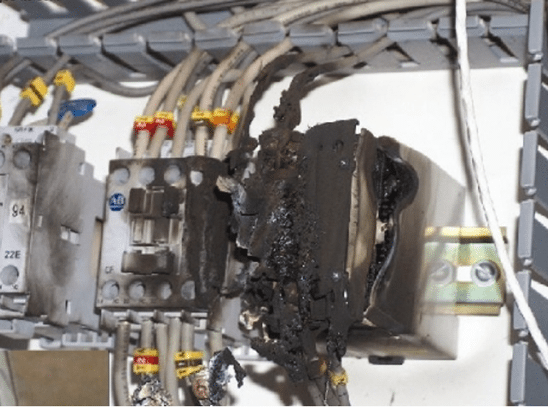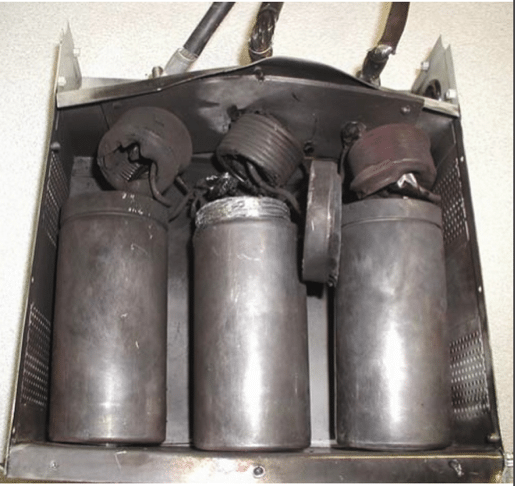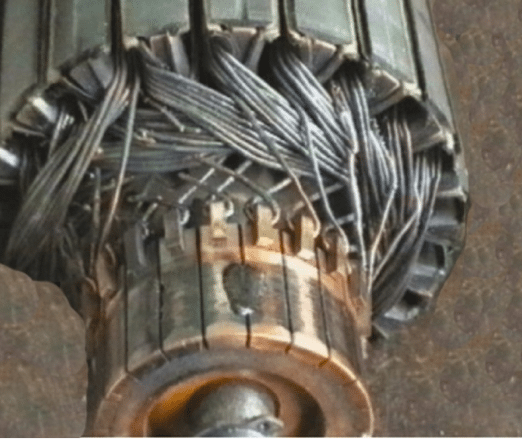Read part 1
What harmonics are not?
Now let us clear some misconception related to harmonics.
Often the failures of equipment like motors, capacitors, devices like AC drives have been put on harmonics current. We need to keep in mind that harmonics is not always the cause of failure. There are some other factors which could be the cause of breakdowns in the factory.
Voltage Dips:
Voltage dips are not always due to harmonics. For example, it has been observed that when a fully loaded conveyor motor of 250 KW is started on DOL starter, there is flickering in lighting loads due to high starting current. This flickering is due to voltage dip. Of course, studies have shown that flickering in lighting load can be due to harmonic current also, but not always the case.
Impulsive transients:
Impulsive transients can have a duration of less than 50 ns. Lightning strike, electrostatic discharge, the stray capacitance of power cables are few examples which can generate impulsive transients. Lightning may damage equipment like transformer badly if lightning arrester is not working properly.
Stray capacitance is majorly due to power cables. We all know that there is capacitance between phase to phase insulation, the outer sheath of cable to ground. These capacitances are in parallel. We know that capacitance in parallel are added and hence higher voltage spikes (transients) are generated which may damage devices like drives, motors etc. if precautionary measures are not taken during design.
Oscillatory transients:
These transients’ decays within a cycle thus differing from impulsive transients. The abrupt shutdown of the motor and capacitive load switching produces oscillatory transients. The voltage overshoot that is the product of oscillation can affect device like VFDs.
Effects of Harmonics
The effects of harmonics can be divided into two categories:
– Engineering Perspective
– Business Perspective
Engineering perspective
Neutral conductor overheating:
Neutral conductor gets overheated due to the presence of harmonics current. It should be noted that unbalanced load can also cause neutral conductor overheating, as the current flowing through the neutral conductor may be twice or thrice the rated current carrying capacity of it.
Overheating of Transformer:
The transformer eddy current losses increase with the square of harmonics number. This results in core heating of transformer.
It should be noted that harmonics current always follow lowest impedance path. So, they affect transformers too.
Nuisance tripping of Circuit Breakers:
The circuit breaker cannot identify harmonics current. The bi-metallic strip given for overload protection gets overheated due to harmonics current, even though the load is taking normal current.

Overstressing of power factor correction capacitor:
The impedance of PFC reduces as frequency arises because the reactance of capacitive load is inversely proportional to frequency. Hence, they can carry large harmonics current and may prone to damage.
Overheating of cables:
Skin effect is normally ignored at the fundamental frequency. Cables are inductive by nature. The reactance of inductive loads is directly proportional to frequency. At higher frequency, skin effect is more. This results in overheating of cable.

Induction motor overheating:
As like transformer, the induction motor undergoes more eddy current losses which result in overheating.

Voltage drops may occur due to harmonics current.
Causing electromagnetic interference to sensitive signals.
Business perspective
Increase maintenance and replacement cost:
Due to harmonics current sometimes equipments are badly damaged in such a way that they are not even repairable. For example, if the transformer is damaged the entire plant would be under breakdown. Buying new transformer would increase cost. Further its installation and commissioning would engage manpower. All these in totality would add the unnecessary cost on the company.
Interruptions and downtimes cost:
Due to breakdowns of machines, the production loss would be more which adds cost to the company.
Reduced system capacity and thus increase capex by unnecessary expansion:
Due to harmonics the devices and equipment may require derating. The derating further adds total capital on the company which is unnecessary.
References
– IEEE Standard 519-2014 recommended practice and requirement for harmonics control in electrical power system.
– IEEE – Study of harmonic generated by electromagnetic and electronic ballast used in Street Lighting.
– APC – Hazards of harmonics and neutral overloads.
– Chapter-2, S. Chattopadhyay et al., Electric Power Quality, Power Systems, 5 DOI 10.1007/978-94-007-0635-4_2, © Springer Science+Business Media B.V. 2011
– Review of Causes and Effect of Harmonics on Power System, International Journal of Science, Engineering and Technology Research (IJSETR), Volume 3, Issue 2, February 2014
– Survey of Harmonics in Non-Linear Loads, International Journal of Recent Technology and Engineering (IJRTE) ISSN: 2277-3878, Volume-1, Issue-1, April 2012
Note: This document is intended to provide information and understanding related to power system harmonics. It should not be referred as standard document. The document may contain errors and can be revised without notice.











Excellent explanation of harmonics by industrial knowledge…I really enjoyed it… thanks krunal sir…
Thank you for your feedback.